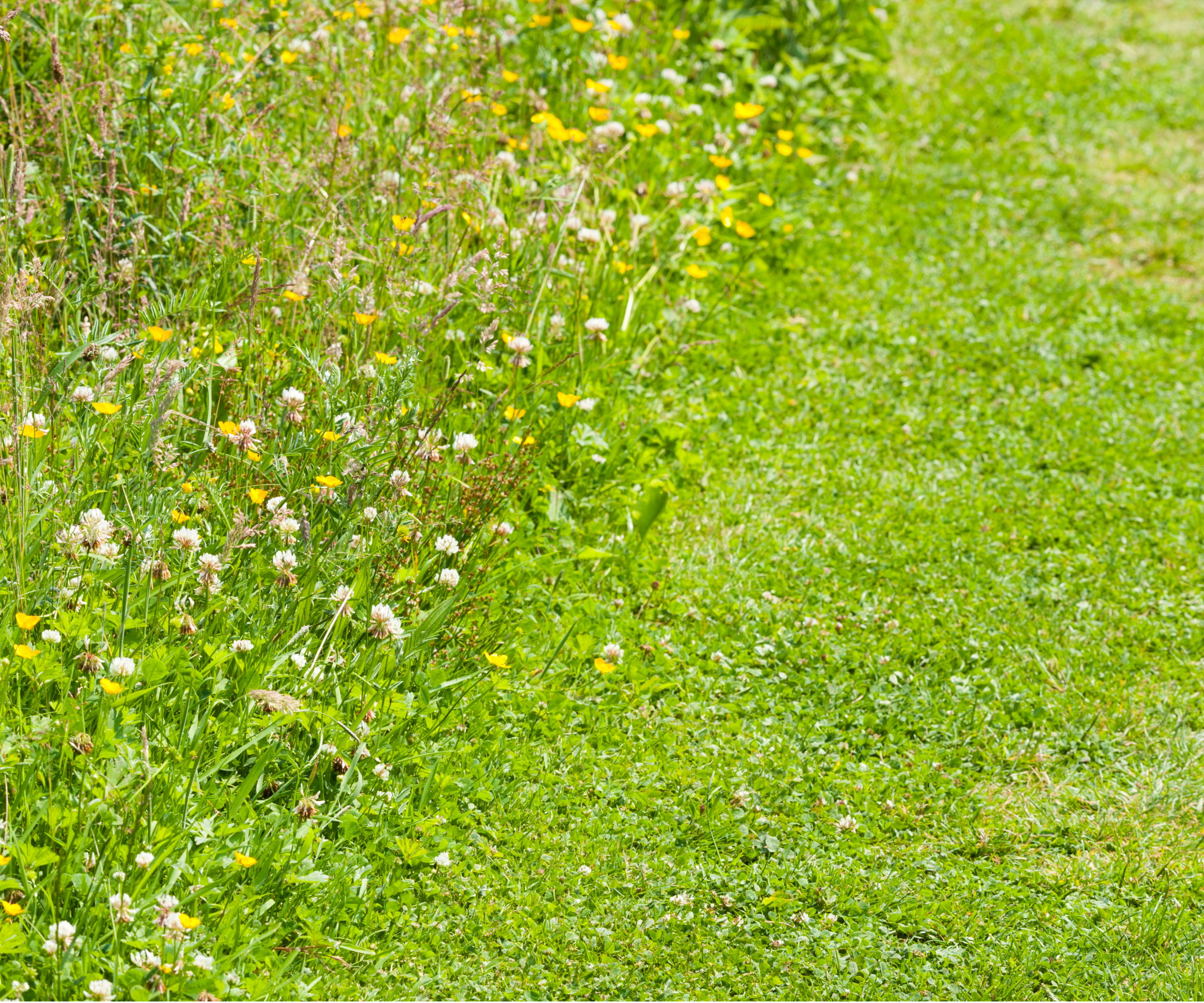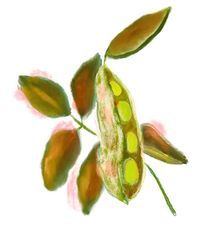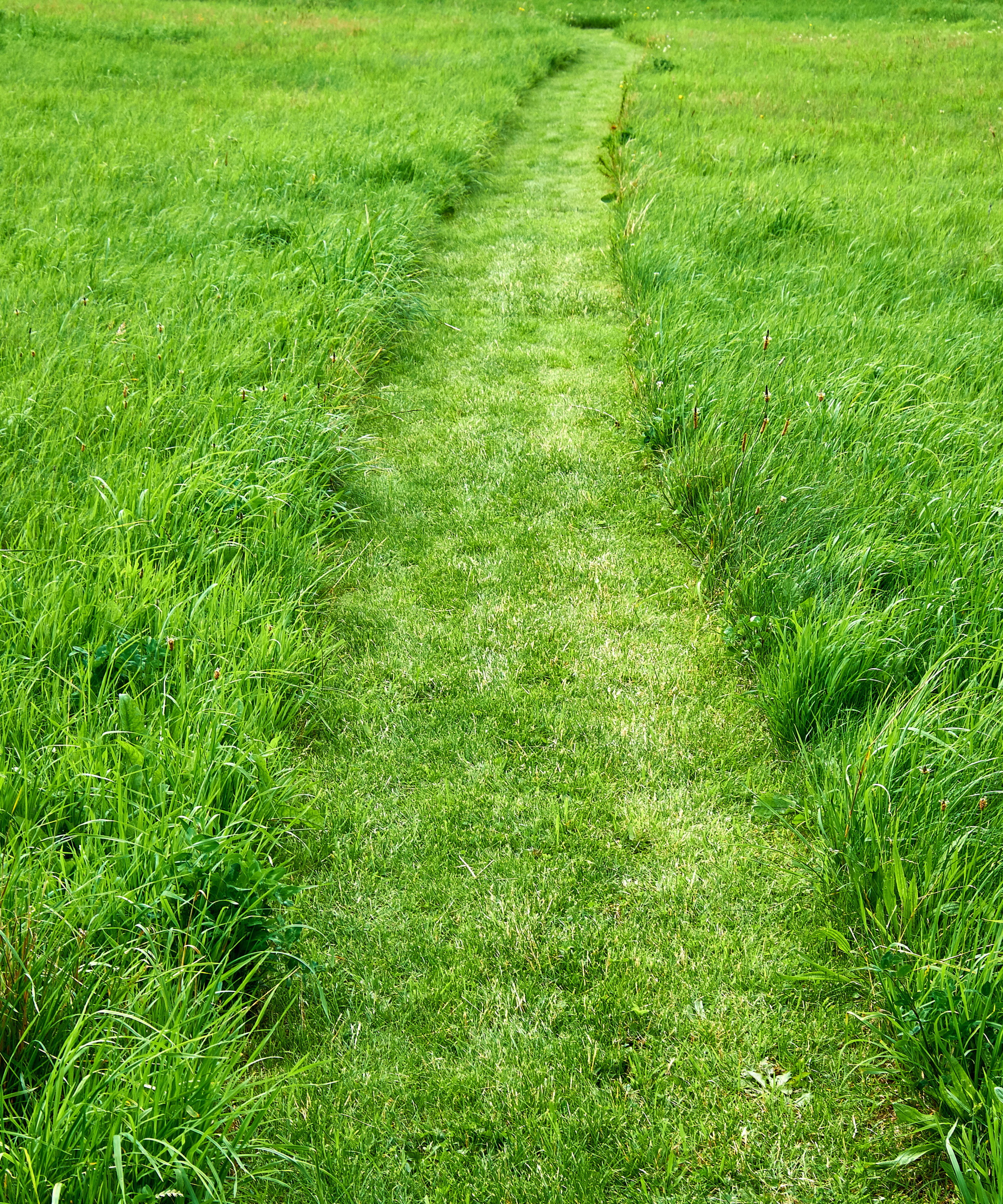No Mow May ideas – 3 ways to make your wild lawn look beautiful
There are different ways you can take part in No Mow May to help wildlife and add interest to your yard


Every spring, many gardeners take part in No Mow May - a month of not mowing the lawn to encourage biodiversity and help pollinators. It first started in the UK in 2019, but now an increasing number of US gardeners participate.
If you've asked yourself 'what is No Mow May?' and are now left wondering how to take part while continuing to care for your lawn, look no further. It's possible to create beautiful lawn spaces even when your grass is growing wild.
We've asked experts for the best No Mow May ideas so that you can find beautiful inspiration for growing your lawn wild this month.

Beautiful No Mow May ideas
Letting your lawn grow wild for No Mow May, or at any time of year, is a great way to help pollinators and boost biodiversity in your yard. It doesn't have to look unsightly either - discover different ideas for a beautiful No Mow May below.
1. Sprinkle wildflower seeds

When you leave your lawn to grow you might notice flowering weeds for pollinators start to appear, like clovers. It can be a good idea to leave them so they can provide nectar to bees, butterflies and more. These flowering plants will also add dotted color throughout your lawn.
To further this appearance, you can sprinkle wildflower seeds on your lawn area. 'You can scatter seeds directly or rake up a thin layer of topsoil before seeding,' says Evan Torchio, growing expert and CEO of Tree Mender. 'Aim for a mix native to your area for best results,' he adds.
There are lots of wildflower mixes available, many of which can just be scattered in your yard, like these wildflower seed mixes for pollinators from Amazon. Soon, you'll have planted a wildflower meadow. You can also try making a wildflower seed bomb to achieve this, or find one online like these flower seed bombs from Walmart.
Design expertise in your inbox – from inspiring decorating ideas and beautiful celebrity homes to practical gardening advice and shopping round-ups.

Evan Torchio is a plant expert and the CEO and Founder of Tree Menders. He earned a bachelor’s degree in forestry and is a member of the International Society of Arboriculture. Evan provides advice on indoor and outdoor plants.
2. Corner off a section of wild lawn

If you don't want your whole lawn to grow wild, you can just designate an area for No Mow May and continue maintaining the rest of your lawn as normal.
'HOAs, local regulations or personal preference may mean that you can't leave your whole lawn wild for a month. Instead, you may be able to leave a corner in your backyard to grow and benefit your local ecosystem,' says Ren Elizabeth, expert gardener and environmental advocate at Eco-Friendly Homestead.
This way you can keep the areas of your lawn you would like neater stripped back and still support wildlife by creating a smaller wildlife garden area.
'For a more manicured look, you can designate a specific area to leave wild and mark it with stones or edging,' says Evan. Lawn edging can help make your No Mow May area look more curated and make it a feature in your yard, such as with this plastic border stone edging from Amazon.

Ren Elizabeth is the steward of a 5 acre homestead, where she tends to gardens, goats, and greenhouses. She is a firm believer in the importance of regenerative gardening as a nature-based solution to climate change. She is the author of the educational blog, ecofriendlyhomestead.com, where she shares information on environmentally sustainable ways to grow food.
3. Mow paths in your lawn

To make the most of No Mow May, you can allow the majority of your lawn to grow wild. This doesn't mean it has to be unusable, however. Trimming and mowing paths among the longer grass means you can still walk through your yard.
'Creating paths through your unmown area is a lovely touch. It creates a more defined space and easier access to different parts of your yard,' says Evan.
'Think about the paths you normally walk and clear those areas, leaving the others to grow freely,' adds Sarah.
This can even allow you to become immersed in the biodiverse haven of your lawn, walking among the wilder grass.
FAQs
How can I do No Mow May all-year-round?
No Mow May doesn't have to be limited to just the month of May. You can leave your lawn to grow wild throughout the year to help different pollinators and wildlife. You might even choose to leave different parts of your lawn to grow wild at different times.
'I like to have a rotating mowing plan throughout the summer. This approach allows you to enjoy the benefits of both a traditional lawn and a wildflower meadow. It also means you spend less time mowing each week,' says Ren Elizabeth, expert gardener and environmental advocate at Eco-Friendly Homestead.
'Essentially, you start out by letting your whole lawn grow a bit so that some flowers and grasses are showing up. Then, divide your lawn into four sections. Start mowing section 1 on the first week, and leave the rest to grow. Then, on week 2, mow section 2. By the time you make it back to section 1, a whole month as passed - and a whole ecosystem has been created,' she adds.
Ren's method means you will always have both a trimmed part of your lawn and wild part of your lawn to enjoy.
No Mow May comes around each year to encourage gardeners to let lawns grow wild and support biodiversity and pollinators. As well as being good for garden wildlife, No Mow May can look beautiful in your yard.
If you're interested in trying No Mow May, you might also be inspired by the rewilding garden trend.

Tenielle is a Gardens Content Editor at Homes & Gardens. She holds a qualification in MA Magazine Journalism and has over six years of journalistic experience. Before coming to Homes & Gardens, Tenielle was in the editorial department at the Royal Horticultural Society and worked on The Garden magazine. As our in-house houseplant expert, Tenielle writes on a range of solutions to houseplant problems, as well as other 'how to' guides, inspiring garden projects, and the latest gardening news. When she isn't writing, Tenielle can be found propagating her ever-growing collection of indoor plants, helping others overcome common houseplant pests and diseases, volunteering at a local gardening club, and attending gardening workshops, like a composting masterclass.